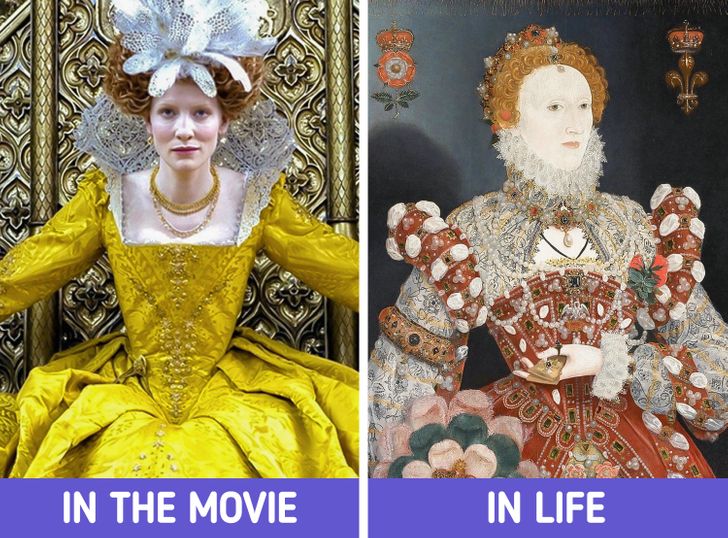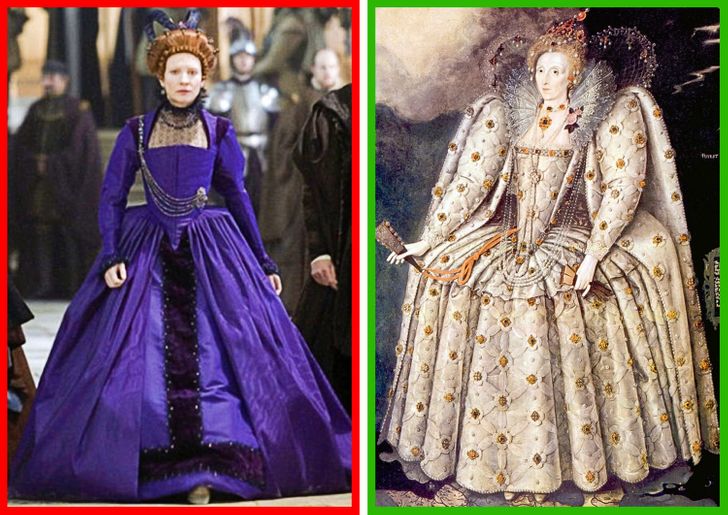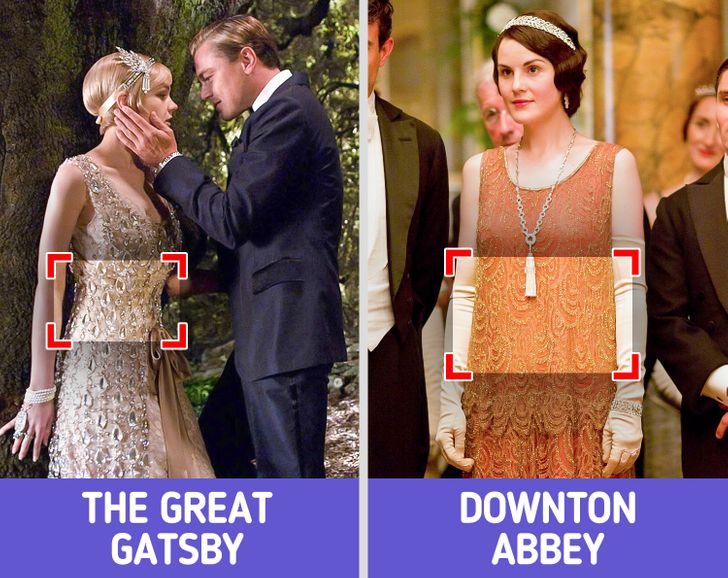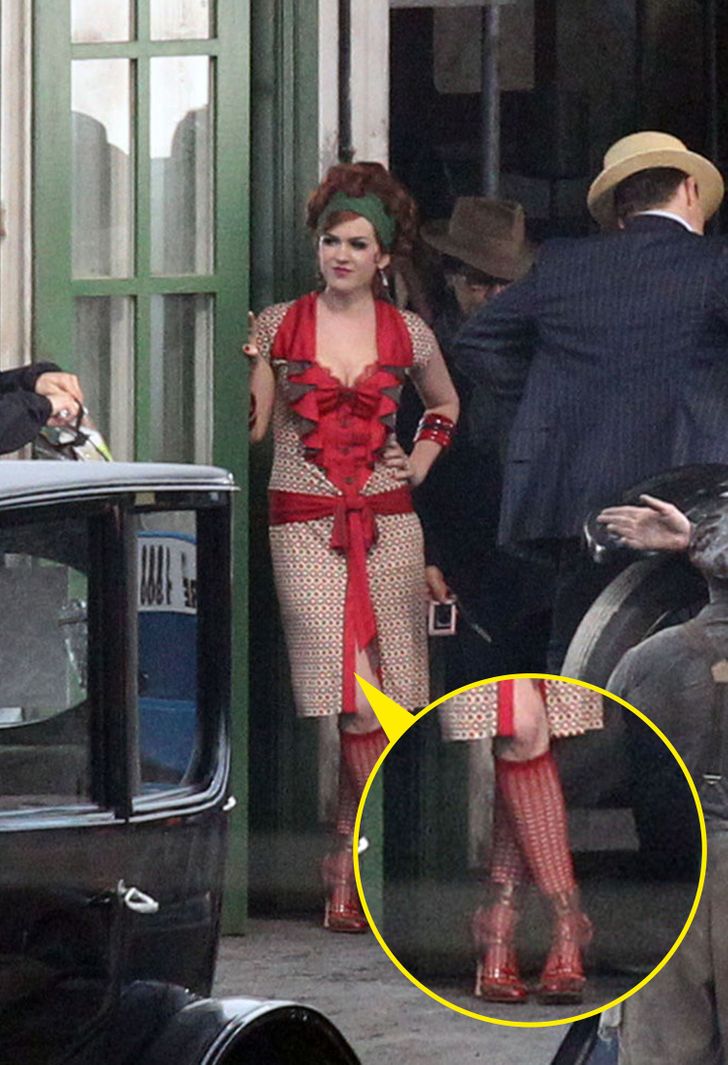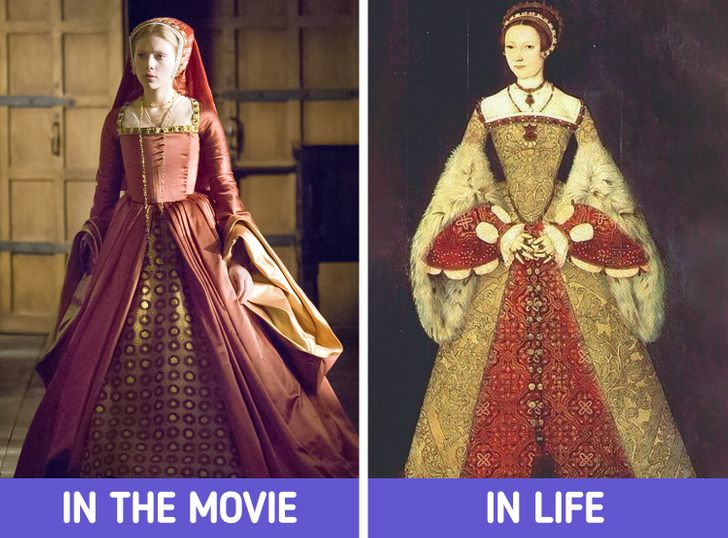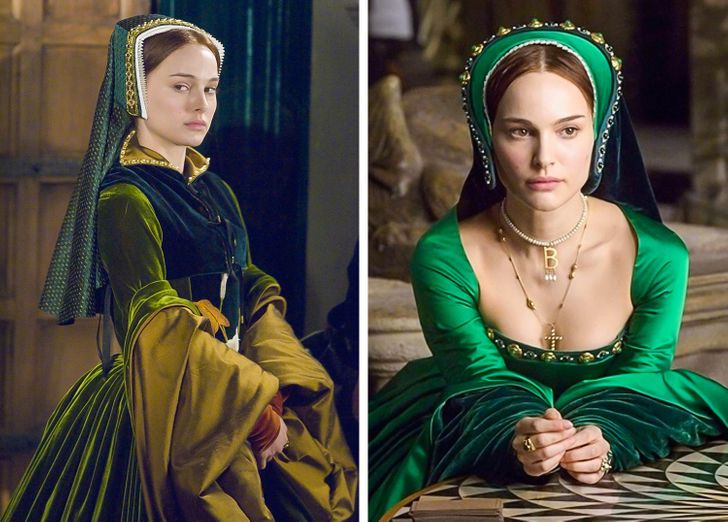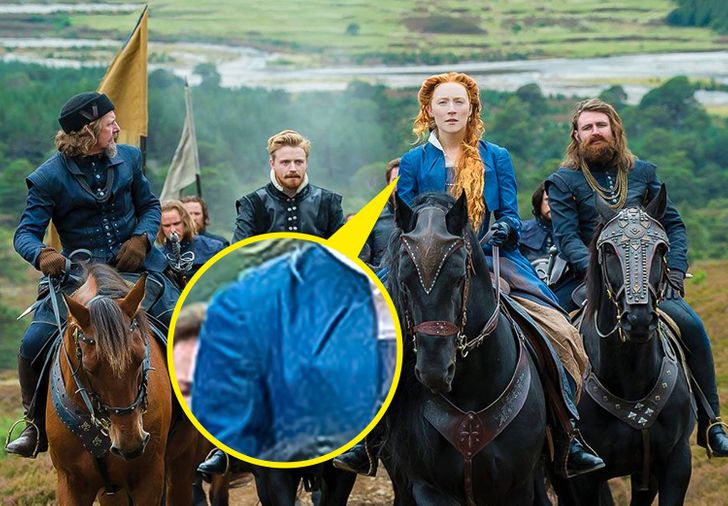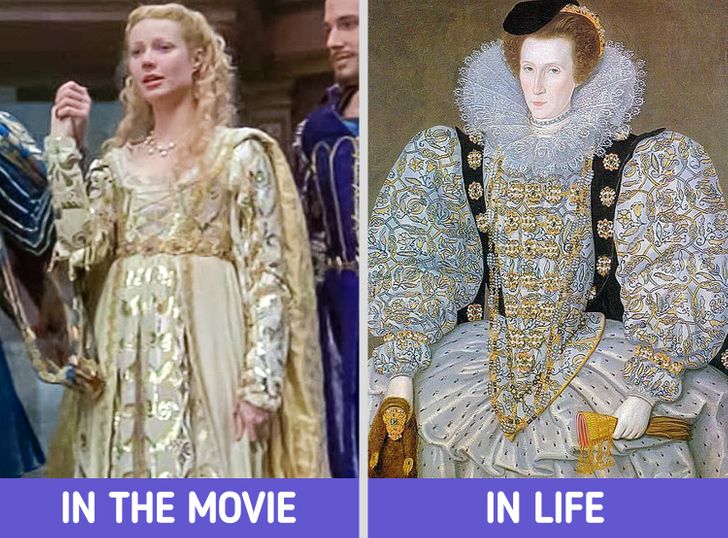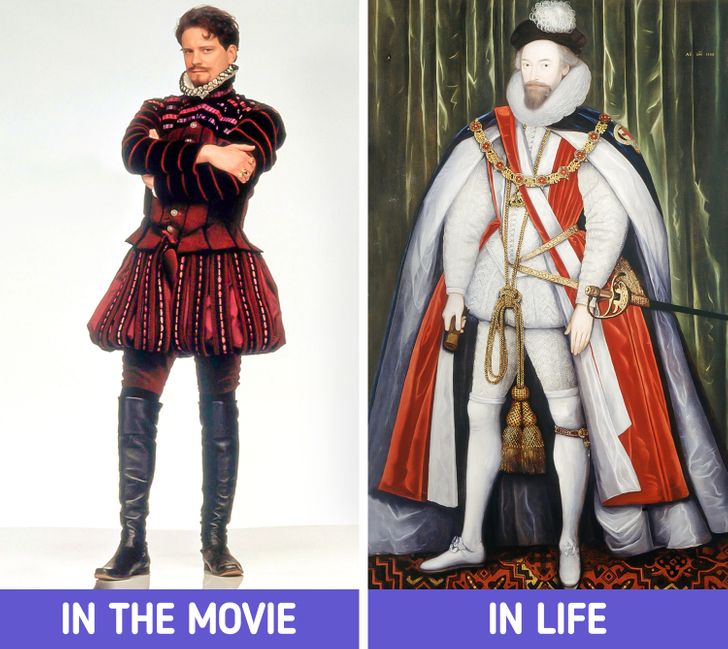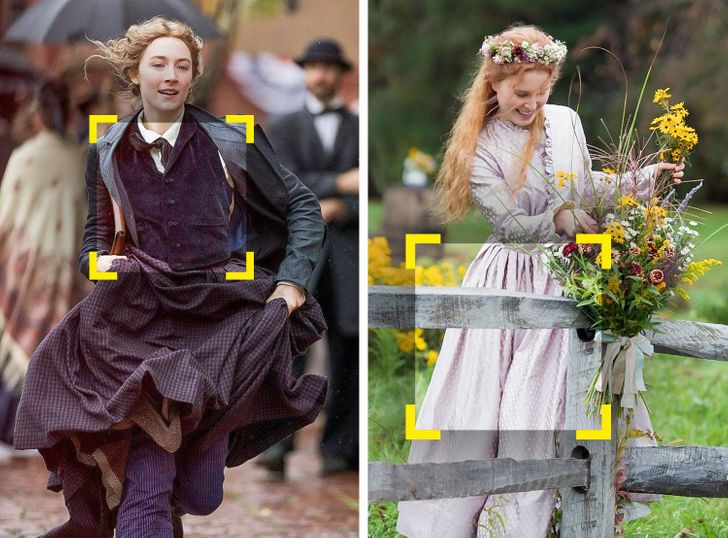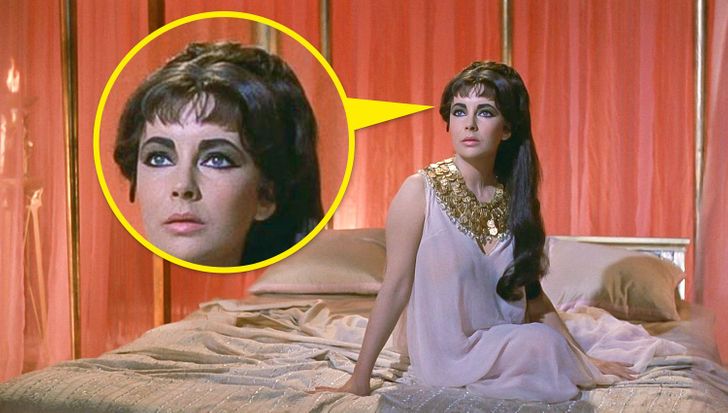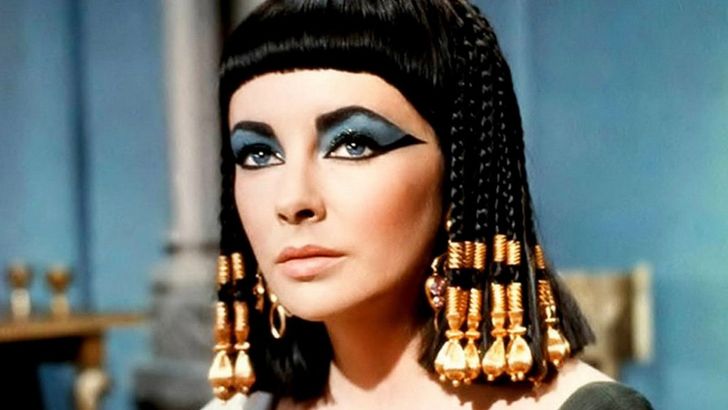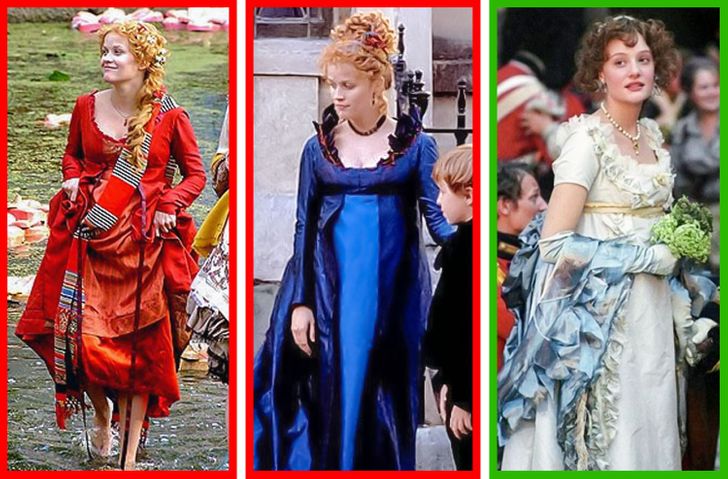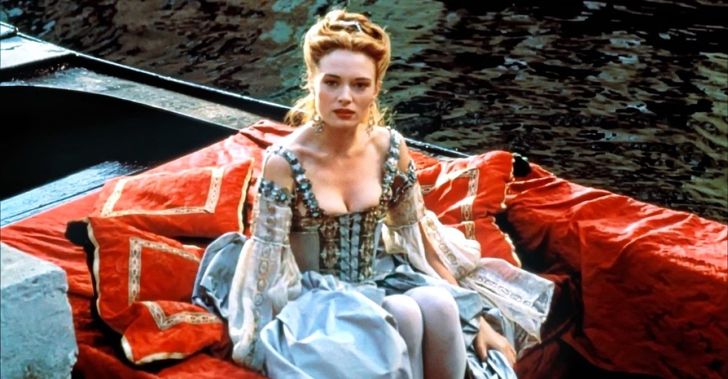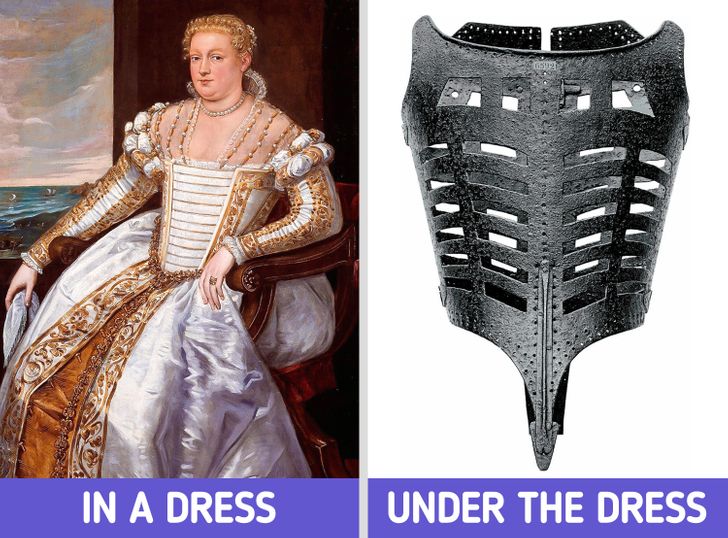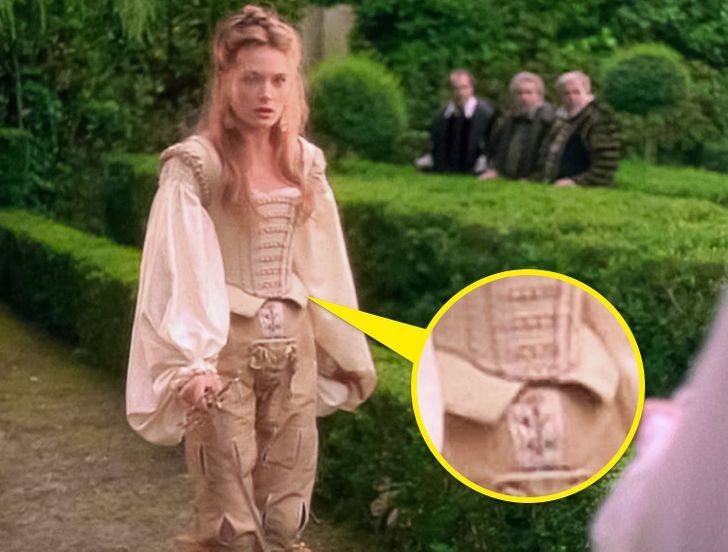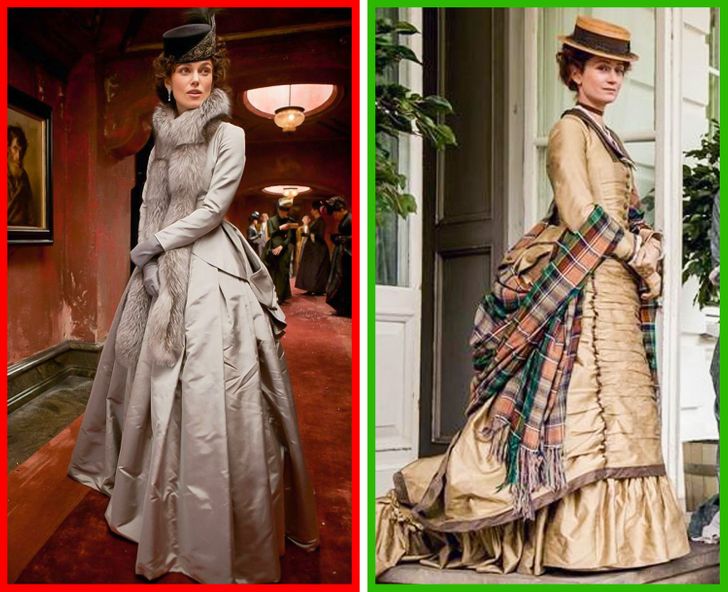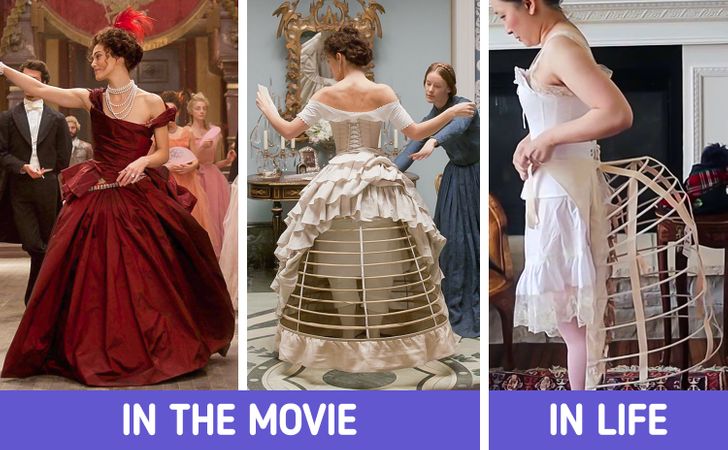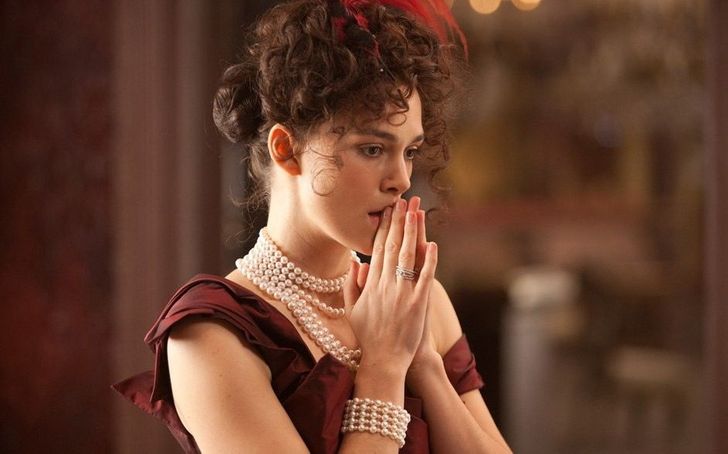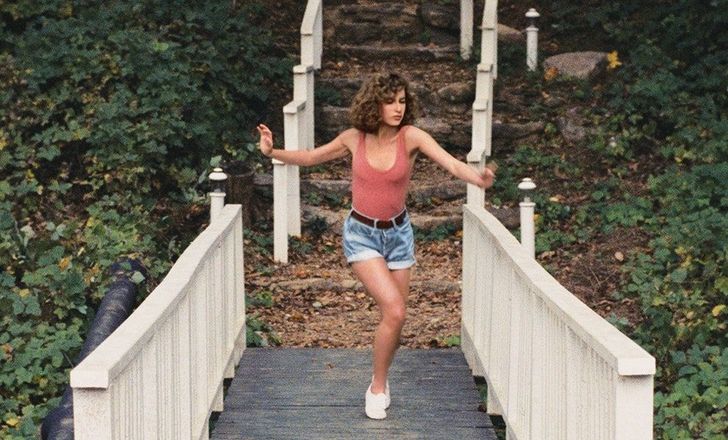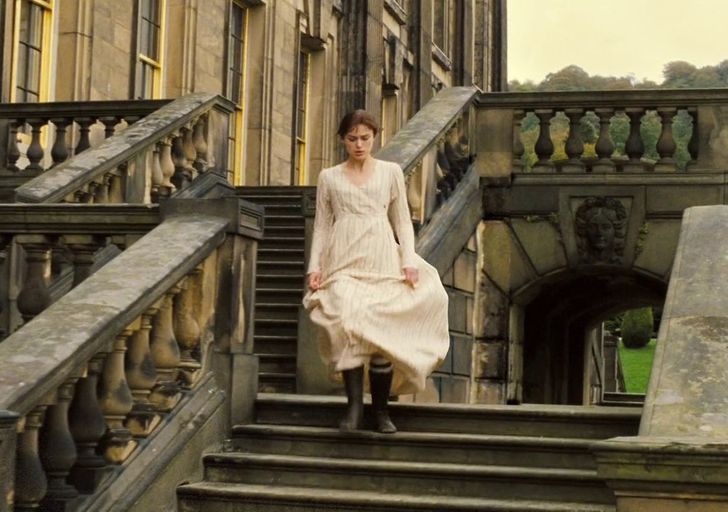Cleopatra is never shown correctly because the realistic image of her doesn't sell good, people also like to make her like.. more "Sexy" than she was.
12 Times We Noticed When Costume Designers Messed Up
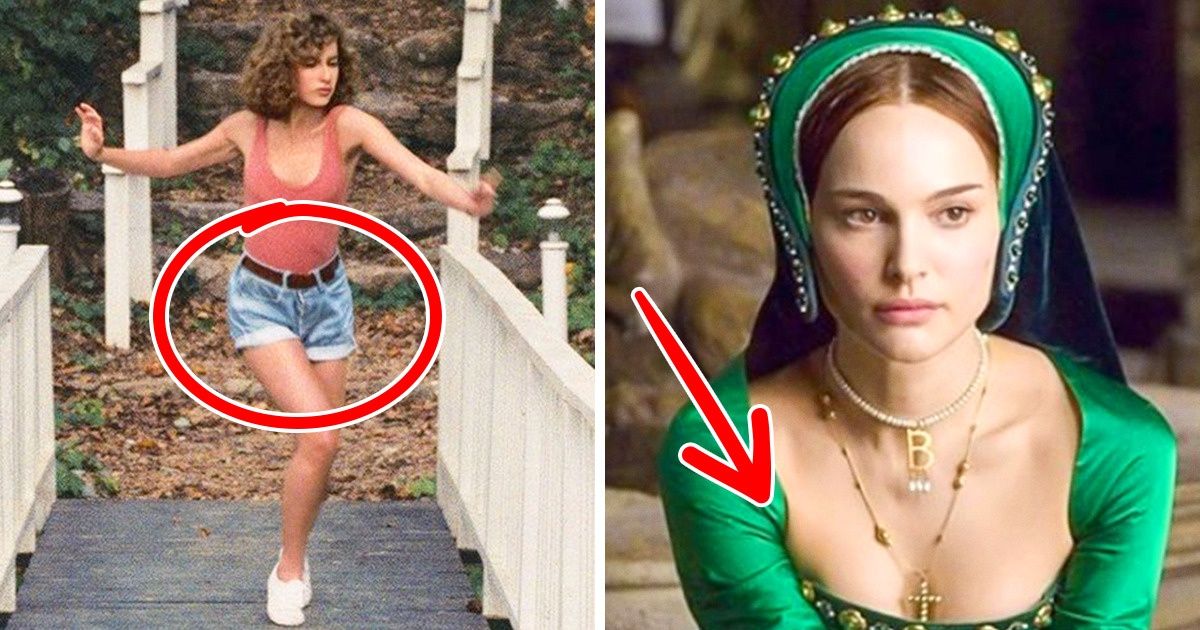
Oftentimes historical movies show us outfits that have nothing to do with the epoch they claim to be portraying. But it’s not because of the negligence of artists. In most cases, the creators do it intentionally to make the flick more expressive. Apart from corresponding to the epoch, the garments have to highlight the actors’ assets, fit into the overall concept of the movie, and be understandable to the modern viewer. If the crew manages to check all of these boxes, the flick is bound to succeed.
We at Bright Side were bewitched by the bright examples of how the free will of costume designers has helped filmmakers to create real masterpieces and conquer the hearts of several generations of viewers.
Elizabeth I: The Golden Age
The movie creators committed a range of historical inaccuracies. Elizabeth I was a big fan of expensive lace, precious stones, and intricate embroidery. But the costume designers intentionally minimized the number of decorations so as to not distract the viewers’ attention from the plot. It’s the color and the texture that helped outline the queen’s character in relation to the other characters. As a result, the ruler appeared on the screen in dresses using a rich color palette, instead of the usual light-colored and more faded garments she wore in real life.
Moreover, the queen’s costumes were deprived of something called farthingale — a flat wide frame, which was worn under a dress to give it the shape of an inverted glass and which was an integral part of any outfit of a noble lady of those years. Cate Blanchett’s silhouette is streamlined and soft in the flick; it lacks the hypertrophied shoulders which were a distinctive feature of those years. Still, free interpretations of the historical costumes didn’t prevent the designers from creating a convincing look and getting an Oscar for Best Costume Design.
The Great Gatsby
The men’s costumes shown in the movie are quite authentic, while the women’s costumes that were created by Miuccia Prada went through significant changes. Instead of the straight dresses that lacked vivid waistlines that were characteristic of those times, the viewer saw tight-fitting outfits, V-shape necklines, and closed backs in the flick.
Another act of liberty created by costume designers were the accessories: unique tights and stilettos with an open heel. Again, the flick didn’t suffer because of it — on the contrary, the characters’ clothes gave the movie a special charm.
The Other Boleyn Girl
Just like the dressmakers of Elizabeth: The Golden Age, the costume designers of this flick had to refrain from using from farthingale. Instead, they used crinoline to create volume and give the garments the dome-like shape that were characteristic of the dresses of later centuries.
Another new feature created by the costume designers of the movie was the green color which was quite unusual for the epoch of Tudors. Before the 19th century, fabric makers would use 2 types of dyes for getting the green color — blue and yellow, which made the quality of the dying extremely low. That’s why Anna barely had a chance to show off her garments in rich emerald colors in real life. However, it was this color that became the main color of the movie.
Mary Queen of Scots
The movie’s action takes place in the 16th century, but a large part of the costumes were made from denim, which actually didn’t appear until the 19th century. According to the costume designer Alexandra Byrne, the characters started to look more attractive and more understandable for the viewers in clothes that were made of this rough jean fabric. This uncharacteristic-of-the-era material brought its own share of creative hooliganism to the Elizabethan period, and the historical drama started to play with fresh colors.
Shakespeare in Love
Though the plot of the movie is complete fiction, the action still takes place around a real historical person in a real-time epoch — the Elizabethan times. In order to not hinder movement and to not distract attention from the main character, the costume designers simplified the authentic garments and minimized the rich decor that was popular at those times.
The look of the men’s costumes was also changed. The cinema studio was afraid that the characters would look silly in tights, so they made both the jackets and the pants a bit longer. Eventually, the viewers saw a beautiful love story that had nothing to do with real history. However, it seems everyone was satisfied.
Little Women
This is a story about the 4 March sisters. The action takes place during the reign of Queen Victoria when trousers, petticoats, hoops, and corsets were an obligatory attribute of any lady’s wardrobe. But in order to convey the personality of each character better, the costume designers deprived Beth and Jo of some of these elements. Jo is wearing a man’s vest instead of a corset, while Beth goes without a crinoline.
Cleopatra
Fitted dresses, bustiers, shoes with high heels, an abundance of sequins, synthetic materials, and a “beehive” hairstyle... There are so many details that don’t correspond to the depicted time epoch in the movie that the list is close to being endless.
However, as surprising as it might sound, the glamour of the ’60s together with all the chic details didn’t spoil the movie. Conversely, thanks to the colossal work of costume designers the viewers saw a monumental flick where Cleopatra alone wore 38 different outfits (initially, it was planned for her to wear 65!).
Vanity Fair
The movie takes place in England in the 19th century where muted pastel colors were trendy, while bright colors were only used to create an accent. But the costume designers turned fashion-canons upside down. Throughout the entire movie, we see the main character wearing bright, almost juicy, outfits. The higher her social status, the richer her clothes become. Therefore, thanks to the unorthodox approach of costume designers, garments turned from simple clothes into a tool that outlined the personality and the growing ambitions of the character.
Dangerous Beauty
The main character is shown as a soft and fragile nymph. This effect is obtained with the help of pastel colors, light fabrics, and loose sleeves.
But the truth is that ladies, including courtesans, would wear a metal corset over their underwear in Venice in the 16th century — the epoch in which the flick takes place. It made them look bigger than they were and no such thing as elegance could be applied to them.
Also, the basques that are there in almost every outfit of the main character were not in trend at that time. However, we have to admit that the movie creators’ desire to modernize the flick didn’t ruin it but, on the contrary, made it feel more ethereal and romantic, which would’ve been impossible to attain if the costumes totally corresponded to the ones from those times.
Anna Karenina
The action of the Anna Karenina novel takes place in the 1870s. Therefore, the costumes from this epoch, like the bustle dresses decorated with rich trim in the form of numerous folds, fringe, flounces, frills, and ruffles were meant to be shown in the movie.
However, despite the history, filmmakers took the haute couture collections of the ’50s as a basis and made the silhouette (the body shape) the priority. As a result, instead of dresses with an abundance of decor, the viewers saw dresses with a crinoline that were not burdened with unnecessary details.
Moreover, ladies were deprived of gloves at balls, however, dancing without them was considered a sign of very bad manners. They were only allowed to remove their gloves during meals, while playing music, and while playing cards.
Dirty Dancing
Jennifer Grey’s character amazed everyone with her high-waisted jean shorts. However, costume designers didn’t take into account the fact that in the ’60s (the time period when the movie takes place) trendy everyday clothes were not made of denim. At those times, denim was used for hard work, not for frivolous clothing.
Pride & Prejudice
The costumes that Keira Knightley’s character wears in the movie are almost perfect in the sense that they correspond to history. However, things are not that accurate when it comes to her shoes. We can see in many scenes that Elizabeth is wearing rubber Wellington boots that wouldn’t have been invented until 40 years after the action of Jane Austen’s novel takes place.
Do you pay attention to the costumes when you are watching a movie? Do you think it’s okay to sacrifice authenticity for the sake of artistic expression in films?
Comments
Related Reads
14 People Shared the Turns Their Life Took After They Adopted a Kid
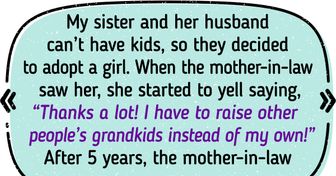
12 Eerie Stories That Defied All Expectations
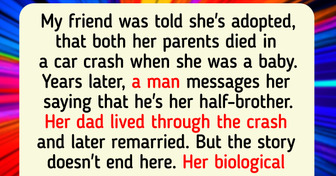
10 People Who Discovered a Family Mystery That Rocked Their World
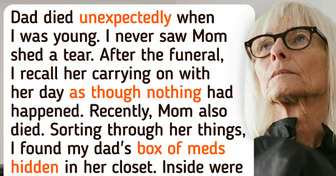
12 Times Celebrities Were Bridesmaids and Stunned Us With Their Look
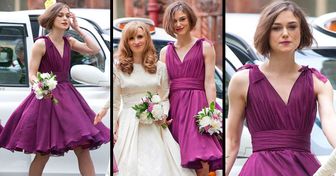
15 Examples of Double Standards We’re All Fed Up With

15+ People Who Were Ready for Disappointment, but Hit the Jackpot
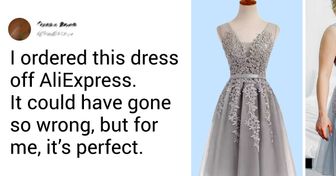
21 People Who Noticed Something Weird and Couldn’t Just Walk Past It

A Stylist Shows the Fashion Mistakes Most Women Make With Their Looks
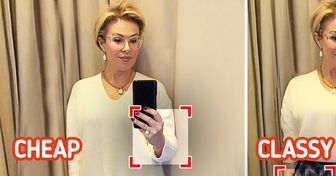
20+ People Who Changed Their Look So Dramatically, Even Their Relatives Didn’t Recognize Them

My DIL Excluded Me From Gender Reveal Party, Saying I’m "Not Family"—Big Mistake

I Refuse to Let My Husband Bring His Mom’s Cooking Into My House

12 Family Stories With a Twist That Could Rival Any Sitcom Script

